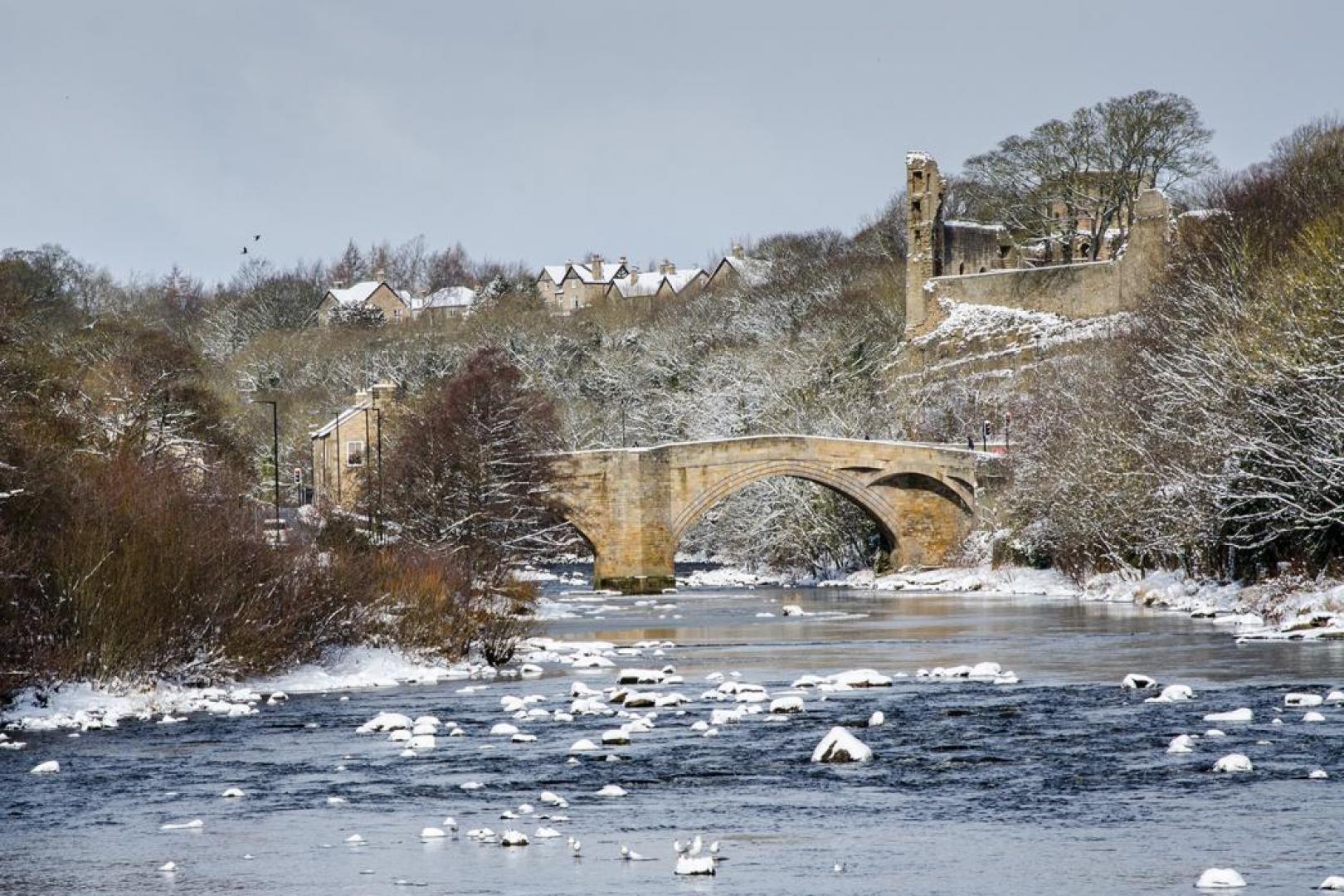THE salmon fishing season produced a fascinating finish on both the Tees and the Wear.
While the main talking point has been the salmon fishing weekend on the Tees which yielded five salmon and a sea trout, with five more fish hooked and lost, to 120 anglers, the Wear produced a sensational finish for some anglers.
On the last day of the season on a fly-only stretch of the middle Wear one angler caught four salmon, lost one and missed one. I was fishing the same pools and landed one salmon and lost two.
So that’s as many fish caught by two of us in one day, as 120 anglers managed over many miles of the Tees in two days.
My companion landed 16 salmon in the last fortnight of the season on the Wear, mainly in low clear conditions not usually associated with successful sport.
These figures reveal how far the Tees has to go to be considered a genuine salmon river.
That said the weekend organised by Olly Shepherd with the Tees Rivers Trust on the last weekend of the season, should be applauded, for it brought anglers from far afield and showcased the Tees as a river.
That, rather than salmon numbers caught, was the reasoning behind the event, and it achieved what it set out to do. It was a brilliantly run event, and will boost the Tees, and therefore the dale.
And while the fact that salmon are in the Tees is cause for some optimism, the catch returns show that there is a considerable amount of work to be done on fish passage at the Tees Barrage, as well as other issues, to get the Tees back to where it should be.
Anglers are very keen to see the Tees become a successful salmon river, a fact demonstrated by the turnout not only for the weekend event, but for the number of anglers trying for salmon throughout October.
On the Tees near Cotherstone one mid-October day I was surprised to see four other salmon anglers on the same beat. Surprised because during the trout season, when the fishing for wild brown trout and grayling can be excellent, I rarely see anybody else on the water for weeks on end.
So there is undoubtedly a huge appetite for salmon fishing, and it’s good news that rod numbers are increasing, because only when anglers are fishing in numbers over a period of time, and submitting catch returns to the Environment Agency, can we discover the true state of play on the Tees.
It is often claimed that the perceived lack of salmon in the Tees, is down to the fact that so few people fish for them, therefore there is no accurate data.
But thanks to the Tees salmon weekend, and the publicity it has generated, salmon rod numbers on the Tees should increase considerably in coming years, and we can move towards getting figures that tell an accurate picture of the Tees as a salmon river.
Despite the hot summer water levels on the Tees were reasonably good, for the river has a large catchment area.
On the Wear it was a different story. There was rain in mid-September and again in mid-October, both spells giving the river a lift. But with few follow up showers, the level dropped and the water became so clear, that over long stretches of the river, the bottom was visible.
So why did the season finish with a flourish? We can only speculate.
One theory is that the fish moved quickly upstream in the fresh water, then gathered in the deeper pools when the level dropped.
They then became agitated as they wanted to continue upstream but couldn’t. With fish numbers high in some pools, agitation became aggression, and the salmon were therefore, at times, more willing to take a fly that was enticingly retrieved in front of them, than is normally the case.
Whatever the reason, the lesson learned by those anglers who persevered is not to be put off by conditions that are traditionally difficult.
If your fly is in the water, you have a chance.
THE angling year ends on a sad note, with news of the death of John Wilson, whose television programmes introduced many to the joys of angling and delighted others who were already hooked.
John, who was 75, was mainly a coarse angler, but also enjoyed trout and salmon fishing.
His programmes, books and articles were entertaining and instructive, and his infectious enthusiasm was evident in every method of angling he demonstrated.
Andrew Wilkinson






